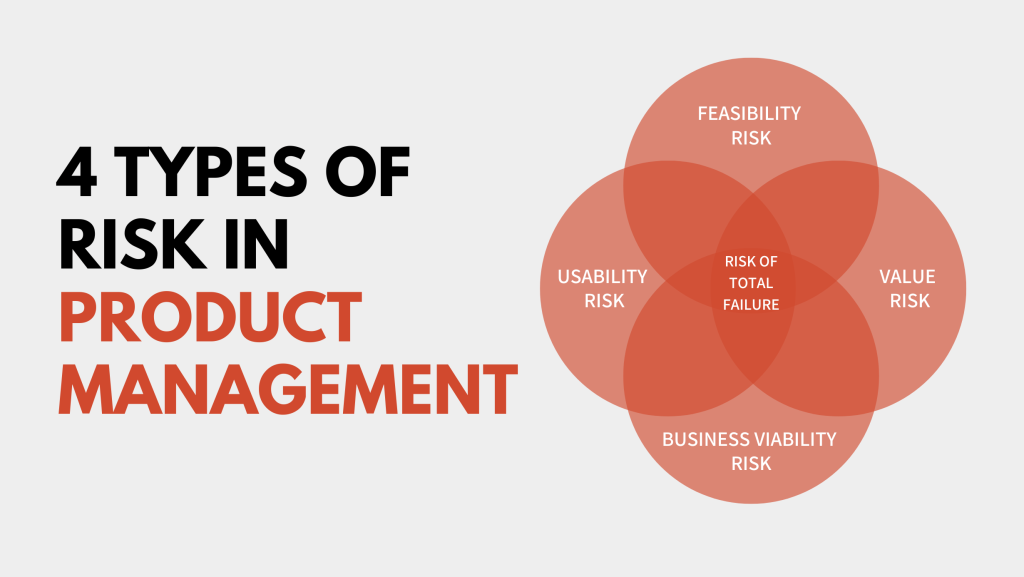A common misconception in product development is the idea that founders must deliver a unique set of features that they predict users desire, without properly validating the use case of each solution. The pitfalls of this approach are often irreparable as product teams squander resources on these features that users consider to be ineffectual. Unfortunately, this error in judgment often results in a strong product failing to reach the market.
What is Product Discovery?
Product discovery is the process by which development teams determine if a particular product or feature is worth pursuing. In order to make this distinction, teams should focus efforts on framing issues prior to considering the design or functionality of the potential solution.
Why Product Discovery?
Developing a deep understanding of the problem while identifying the target user to shape the feature around is one of the most important steps in the product development process.
Rather than simply bringing the founder’s vision to life by diving straight into the development phase, teams should deploy a user-centric approach in order to foster an understanding of the problem. The invaluable insight garnered during the discovery phase guides subsequent development and ensures the final product is one that users actually want.
“Product discovery allows us to validate your ideas before you sink your money, time, and effort into development. In short, it allows us to mitigate risk”
How Does Product Discovery Mitigate Risk?
It is vital for product teams to manage risk effectively in order to eliminate inefficiencies in the development process and avoid the wastage of resources. Let’s take a look at the four major risks in product discovery and how each can be mitigated:

Value Risk
Will users buy my product? Will they see value in the features I’m building? These are all elements of Value Risk, which can be described as whether or not consumers will actually use the product. The appropriate mitigation strategy, as deployed in Swift Racks discovery process, is to conduct primary research directly with target customers in order to validate the legitimacy of each feature and if traction actually exists. If potential consumers are directly confirming that they desire particular features, you can confirm that there is merit to the idea.
Usability Risk
An unfortunate deterrent regarding the popularity of a product is its complexity and how easy it is for consumers to begin using it, better known as Usability risk. This is magnified in the case of innovative products that may not have substitutes or competitor products available that can educate users on how features work. Similar to value risk, the most efficient way to gauge this is to speak directly with consumers as you build, to ensure they understand the genesis of the idea while becoming proponents of the product in terms of educating those in their network. An additional, yet vital mitigation tactic post-development is creating effective marketing material that can also educate users on features at scale.
Feasibility Risk
Feasibility risk Concerns itself with whether or not the team can build the product, considering both monetary and team resource limitations. If the value and usability risks are mitigated effectively, feasibility can be addressed quickly as the primary research conducted will help narrow down the most urgent and important factors. Engineers must also be included in discussions along the way to avoid communication breakdown and redundancy.
Business Viability Risk
The final risk, Business Viability, looks to confirm the product you are developing is consistent with your organization’s business model. The best mitigation tactic for this is to ensure key stakeholders, primarily the founding team, are involved in the process and are given the opportunity to voice their concerns as they arise. For this reason, Swift Racks ensures founders are involved in every step of the discovery process, often taking part in brainstorming activities. This streamlined collaboration is essential in making sure a comprehensive product is developed with consideration given to all opinions and perspectives.
“Product discovery allows us to identify first users and potential clients”
